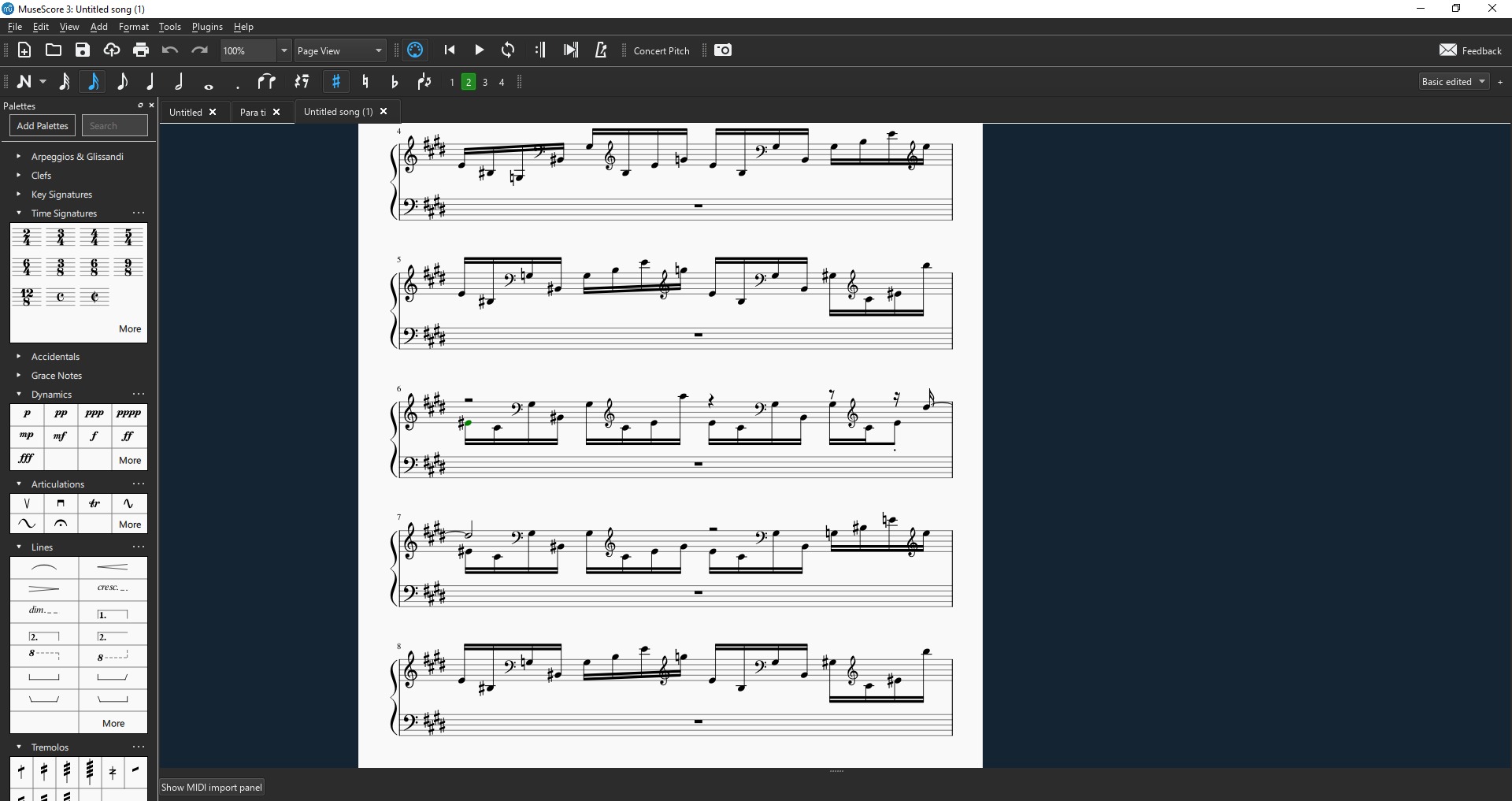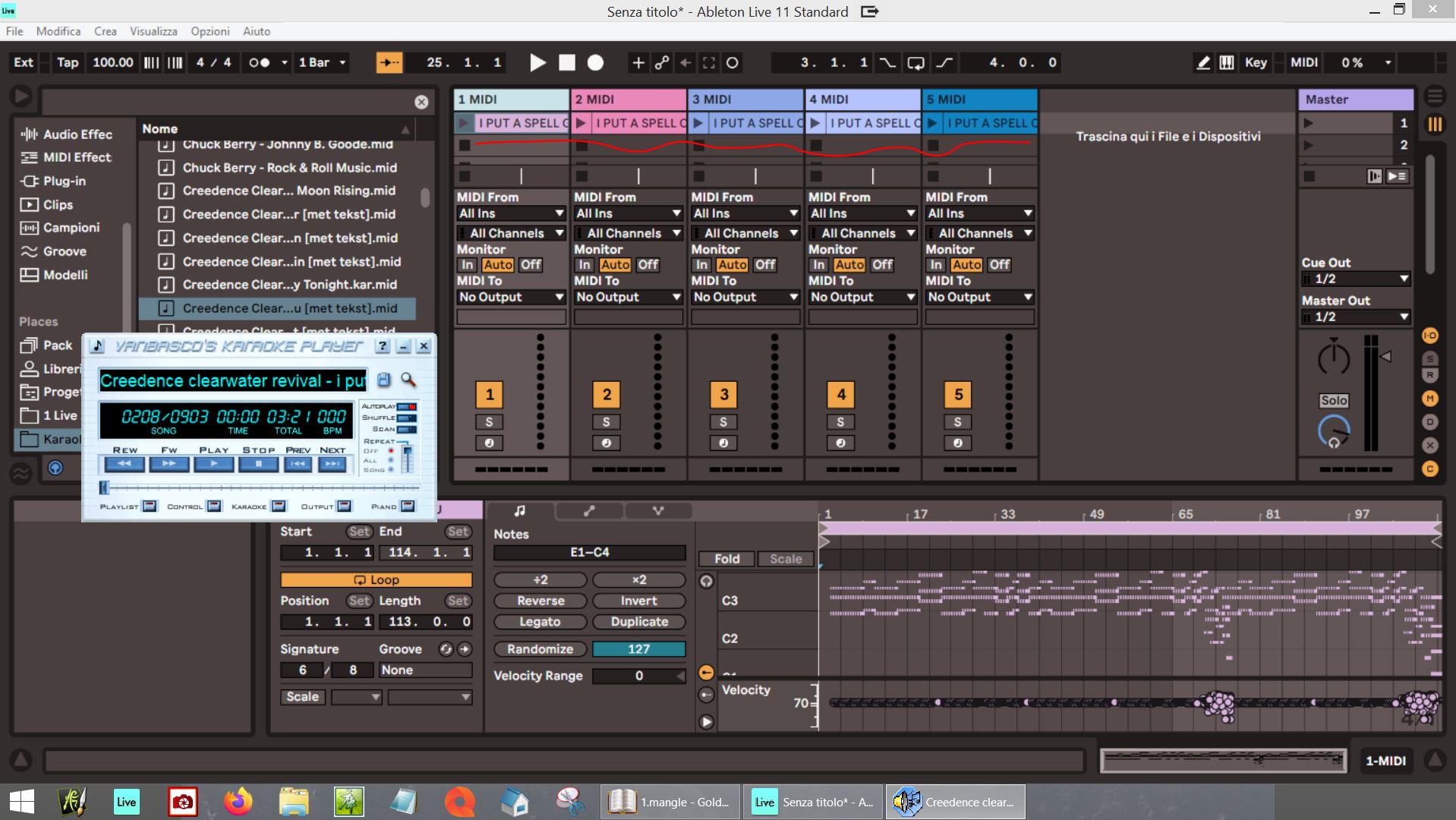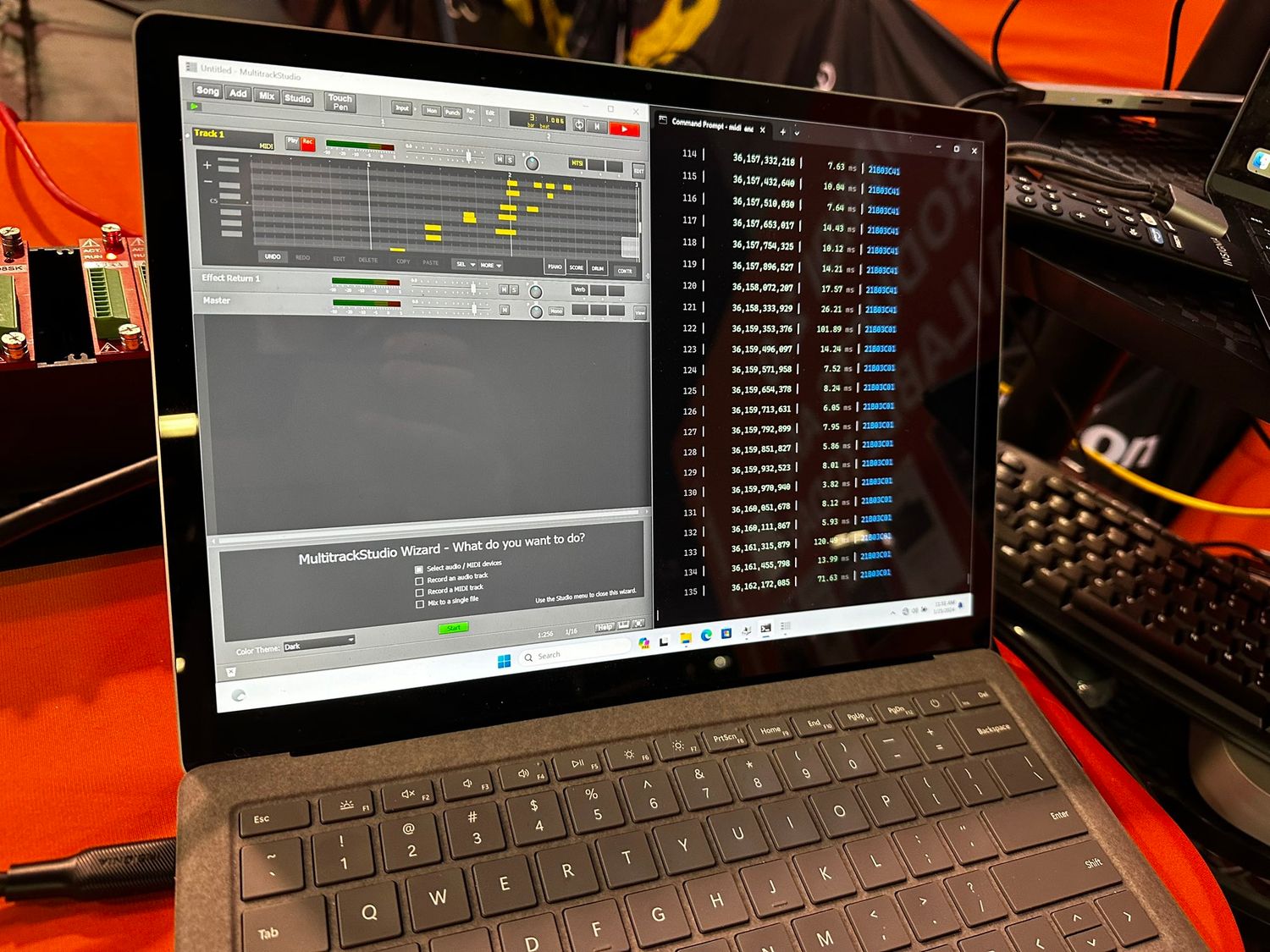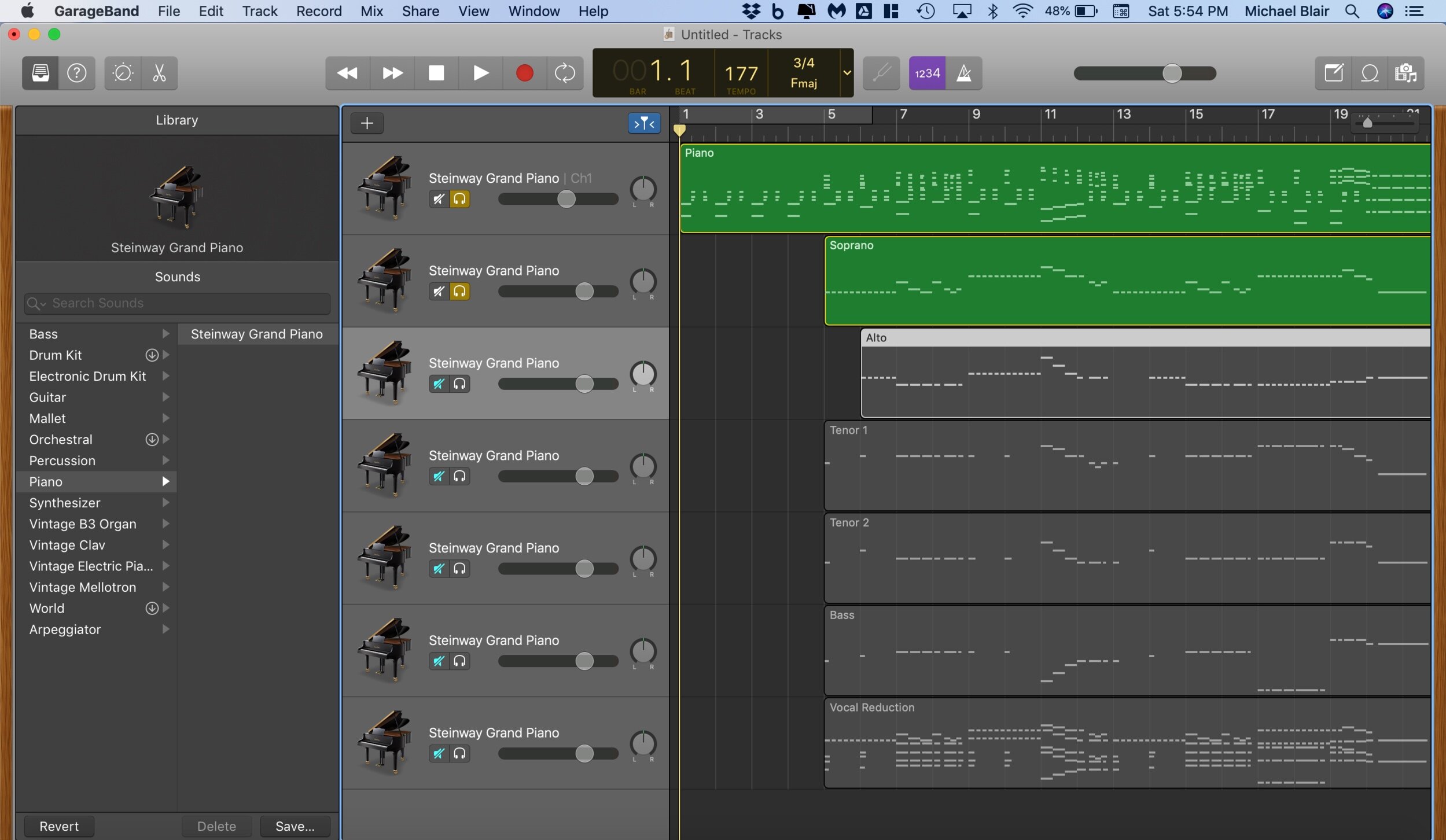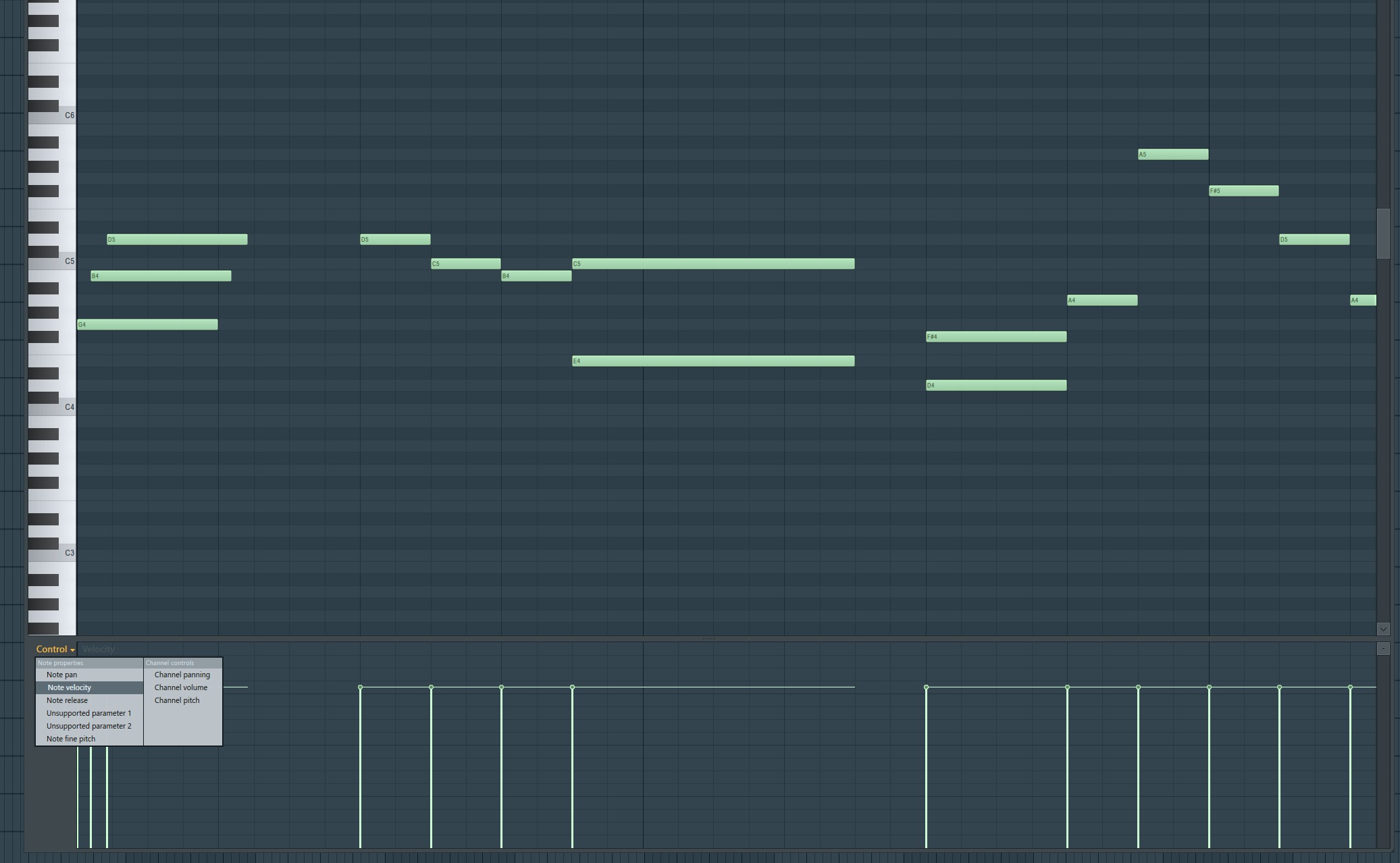Home>Production & Technology>MIDI>What Is The Original BPM On My MIDI File


MIDI
What Is The Original BPM On My MIDI File
Modified: February 22, 2024
Discover the original BPM of your MIDI file and ensure accurate tempo settings. Learn how to find the BPM and optimize your MIDI files for perfect playback.
(Many of the links in this article redirect to a specific reviewed product. Your purchase of these products through affiliate links helps to generate commission for AudioLover.com, at no extra cost. Learn more)
Table of Contents
Introduction
When it comes to the world of music production, MIDI files play a crucial role in shaping the sounds we hear. These versatile files contain a wealth of information, including note data, instrument settings, and perhaps most importantly, the tempo at which the music should be played. This tempo, measured in beats per minute (BPM), serves as the heartbeat of a musical composition, dictating the pace and rhythm that brings the piece to life.
Understanding the original BPM of a MIDI file is essential for musicians, producers, and DJs alike. It provides a roadmap for how the music should be performed or remixed, ensuring that the intended energy and feel of the composition are maintained. Whether you're a budding musician seeking to cover a beloved song, a producer looking to remix a classic track, or a DJ aiming to seamlessly blend different pieces together, knowing the original BPM of a MIDI file is the first step toward achieving your musical vision.
In this article, we will delve into the intricacies of BPM in MIDI files, exploring how this vital information is embedded within the digital fabric of the music. We will uncover the methods used to determine the original BPM of a MIDI file, shedding light on the technical and creative processes involved. Additionally, we will highlight the tools and software available for analyzing BPM in MIDI files, empowering you to unlock the tempo secrets hidden within your musical creations.
Join us on this rhythmic journey as we unravel the mysteries of BPM in MIDI files, equipping you with the knowledge and tools to harness the power of tempo in your musical endeavors. Let's embark on a melodic adventure where every beat counts and every BPM tells a story.
Understanding BPM in MIDI Files
BPM, or beats per minute, is the measurement of the tempo or speed of a musical piece. In the realm of MIDI files, BPM holds significant importance as it defines the pace at which the music should be played. This tempo is a fundamental element that influences the mood, energy, and overall feel of a composition. Whether it's a heart-pounding dance track with a high BPM or a soulful ballad with a slower tempo, the BPM sets the rhythmic foundation for the entire musical journey.
In MIDI files, the BPM information is encoded within the file's structure, allowing software and hardware devices to interpret and reproduce the music at the intended tempo. This data is crucial for musicians, producers, and DJs, as it provides a reference point for performance, remixing, and seamless integration of different musical pieces.
The BPM value in a MIDI file represents the number of beats (or musical pulses) occurring within a minute. For instance, a BPM of 120 indicates that 120 beats are to be played in one minute, setting a moderate pace for the music. Understanding this numerical representation is essential for musicians, as it directly correlates to the speed at which they should play or produce the music.
Moreover, the BPM in MIDI files serves as a common language for music software and hardware, enabling seamless synchronization between different devices. This synchronization is particularly crucial in scenarios where multiple musical elements, such as drum machines, synthesizers, and sequencers, need to work in harmony, ensuring that each component aligns with the established tempo.
Furthermore, the BPM in MIDI files plays a vital role in facilitating creative expression and experimentation. Musicians and producers can use the BPM as a starting point for crafting new compositions, remixing existing tracks, or seamlessly blending different pieces together. It serves as a guiding force, allowing them to explore variations in rhythm and pacing while staying true to the original intent of the music.
Understanding the intricacies of BPM in MIDI files empowers music creators to harness the full potential of tempo as a creative tool. By deciphering and leveraging the BPM information embedded within MIDI files, artists can breathe life into their musical visions, ensuring that every beat resonates with the intended energy and emotion.
In the next section, we will explore the methods used to determine the original BPM of a MIDI file, unraveling the technical and creative processes involved in this musical quest.
Determining the Original BPM of a MIDI File
Unraveling the original BPM of a MIDI file is akin to peering into the heartbeat of a musical composition. It involves deciphering the tempo at which the music was originally intended to be played, providing a foundational element for musicians, producers, and DJs to work their magic. Whether you're seeking to cover a beloved song with authenticity, remix a classic track with a fresh perspective, or seamlessly blend different musical pieces together, determining the original BPM is the gateway to unlocking the rhythmic essence of a composition.
One of the primary methods for determining the original BPM of a MIDI file involves leveraging digital audio workstations (DAWs) and MIDI editing software. These powerful tools provide a visual representation of the musical data encoded within the MIDI file, allowing users to analyze the tempo information with precision. Within the software interface, the timeline or piano roll view displays the note events and their temporal placement, providing a canvas for unraveling the rhythmic tapestry of the music.
By meticulously examining the spacing between note events within the MIDI file, musicians and producers can infer the underlying pulse of the composition. This process involves identifying recurring patterns, such as the spacing between drum hits, the rhythmic cadence of melodic phrases, or the tempo-syncopated nature of musical elements. Through this analytical approach, the original BPM begins to emerge, revealing the intrinsic tempo that breathes life into the music.
Furthermore, some MIDI editing software and DAWs offer dedicated tempo detection and analysis tools. These features automatically analyze the MIDI file, extracting and presenting the potential BPM values based on the rhythmic patterns found within the composition. This automated approach streamlines the process of determining the original BPM, providing musicians and producers with valuable insights into the tempo landscape of the music.
In addition to software-based methods, musicians and producers can also employ their musical intuition and rhythmic sensibilities to determine the original BPM of a MIDI file. By listening to the music and tapping into the inherent groove and pulse of the composition, they can gauge the tempo organically. This intuitive approach, coupled with technical analysis, allows for a holistic understanding of the original BPM, enriching the creative journey with a deep connection to the rhythmic soul of the music.
In the quest to determine the original BPM of a MIDI file, a harmonious blend of technical prowess and artistic intuition paves the way for unlocking the tempo secrets hidden within the digital realm. By embracing both the analytical capabilities of software tools and the innate musical instincts of the creator, the original BPM emerges as a guiding beacon, illuminating the rhythmic path for musical expression and innovation.
In the following section, we will explore the tools and software available for analyzing BPM in MIDI files, empowering creators to delve deeper into the tempo landscape of their musical creations.
Tools for Analyzing BPM in MIDI Files
In the realm of music production and MIDI file manipulation, a diverse array of tools and software stands ready to assist in the analysis of BPM. These powerful resources empower musicians, producers, and DJs to unravel the tempo mysteries hidden within MIDI files, providing valuable insights into the rhythmic landscape of their musical creations.
Digital Audio Workstations (DAWs) serve as the cornerstone for analyzing BPM in MIDI files. These versatile platforms, such as Ableton Live, Logic Pro, and FL Studio, offer robust MIDI editing capabilities, allowing users to delve into the temporal intricacies of their musical compositions. Within the DAW environment, musicians and producers can visually inspect the MIDI data, examining note events, rhythmic patterns, and tempo variations with precision. Additionally, many DAWs feature dedicated tempo detection tools, automatically analyzing MIDI files to extract potential BPM values, streamlining the process of uncovering the original tempo of a composition.
MIDI editing software, such as MIDIculous and Synthesia, provides specialized tools for analyzing BPM in MIDI files. These intuitive applications offer visual representations of MIDI data, enabling users to explore the rhythmic nuances of their compositions. With features tailored for tempo analysis and visualization, MIDI editing software serves as a valuable ally in the quest to determine the original BPM of a MIDI file, empowering creators to unravel the rhythmic tapestry of their music.
Furthermore, dedicated tempo detection plugins and software modules augment the BPM analysis process, offering advanced algorithms for identifying tempo patterns within MIDI files. These specialized tools, such as BeatCounter and AutoTheory, leverage sophisticated algorithms to automatically detect and extract BPM information from MIDI data, providing users with actionable insights into the tempo characteristics of their musical creations.
In addition to software-based solutions, online BPM analysis tools and websites offer convenient avenues for analyzing BPM in MIDI files. Platforms like SongBPM and Tunebat provide web-based BPM detection services, allowing users to upload MIDI files for automated tempo analysis. These online resources serve as accessible and user-friendly options for musicians and producers seeking quick insights into the BPM of their MIDI compositions.
By harnessing the power of these diverse tools and software, creators can embark on a rhythmic exploration, unraveling the original BPM of their MIDI files with precision and insight. Whether within the familiar confines of a DAW, the specialized environment of MIDI editing software, or the convenience of online BPM analysis platforms, these tools stand ready to illuminate the tempo secrets hidden within MIDI compositions, empowering creators to infuse their musical endeavors with rhythmic clarity and expression.
Conclusion
In the realm of music production and creative expression, the original BPM of a MIDI file serves as a foundational pillar, shaping the rhythmic landscape of musical compositions. Throughout this rhythmic journey, we've explored the intricacies of BPM in MIDI files, delving into the methods and tools used to determine the original tempo of a composition.
Understanding the original BPM of a MIDI file is not merely a technical endeavor; it is a harmonious blend of technical prowess and artistic intuition. It involves deciphering the tempo at which the music was originally intended to be played, providing a roadmap for musicians, producers, and DJs to infuse their creative endeavors with rhythmic clarity and expression.
From leveraging digital audio workstations (DAWs) and MIDI editing software to tapping into musical intuition and rhythmic sensibilities, the quest to determine the original BPM is a multi-faceted exploration that unites technical analysis with the innate musical instincts of the creator. It's a journey that transcends mere numbers and pulses, weaving together the art and science of music production into a seamless rhythmic tapestry.
Moreover, the tools and software available for analyzing BPM in MIDI files stand as invaluable allies in this rhythmic quest. Digital Audio Workstations (DAWs), MIDI editing software, dedicated tempo detection plugins, and online BPM analysis platforms collectively empower creators to unravel the tempo mysteries hidden within their musical creations. These resources not only streamline the process of determining the original BPM but also enrich the creative journey, offering insights into the rhythmic nuances that breathe life into the music.
As musicians, producers, and DJs venture into the rhythmic realm of MIDI files, the original BPM emerges as a guiding beacon, illuminating the tempo landscape of compositions and providing a rhythmic foundation for creative exploration. It fosters a deep connection to the essence of the music, allowing creators to infuse their endeavors with the intended energy, emotion, and groove.
In essence, the original BPM of a MIDI file transcends its numerical value; it encapsulates the heartbeat of a composition, the pulse that propels the music forward, and the rhythmic essence that resonates with audiences. It serves as a testament to the power of tempo as a creative tool, empowering creators to craft musical experiences that pulsate with rhythmic clarity and expressive vitality.
As we conclude this rhythmic odyssey, may the knowledge and insights gained empower you to unlock the tempo secrets hidden within MIDI files, infusing your musical endeavors with the rhythmic energy and emotion they deserve. Let every beat count, and let every BPM tell a story—a story of creativity, expression, and the timeless allure of rhythmic resonance.


